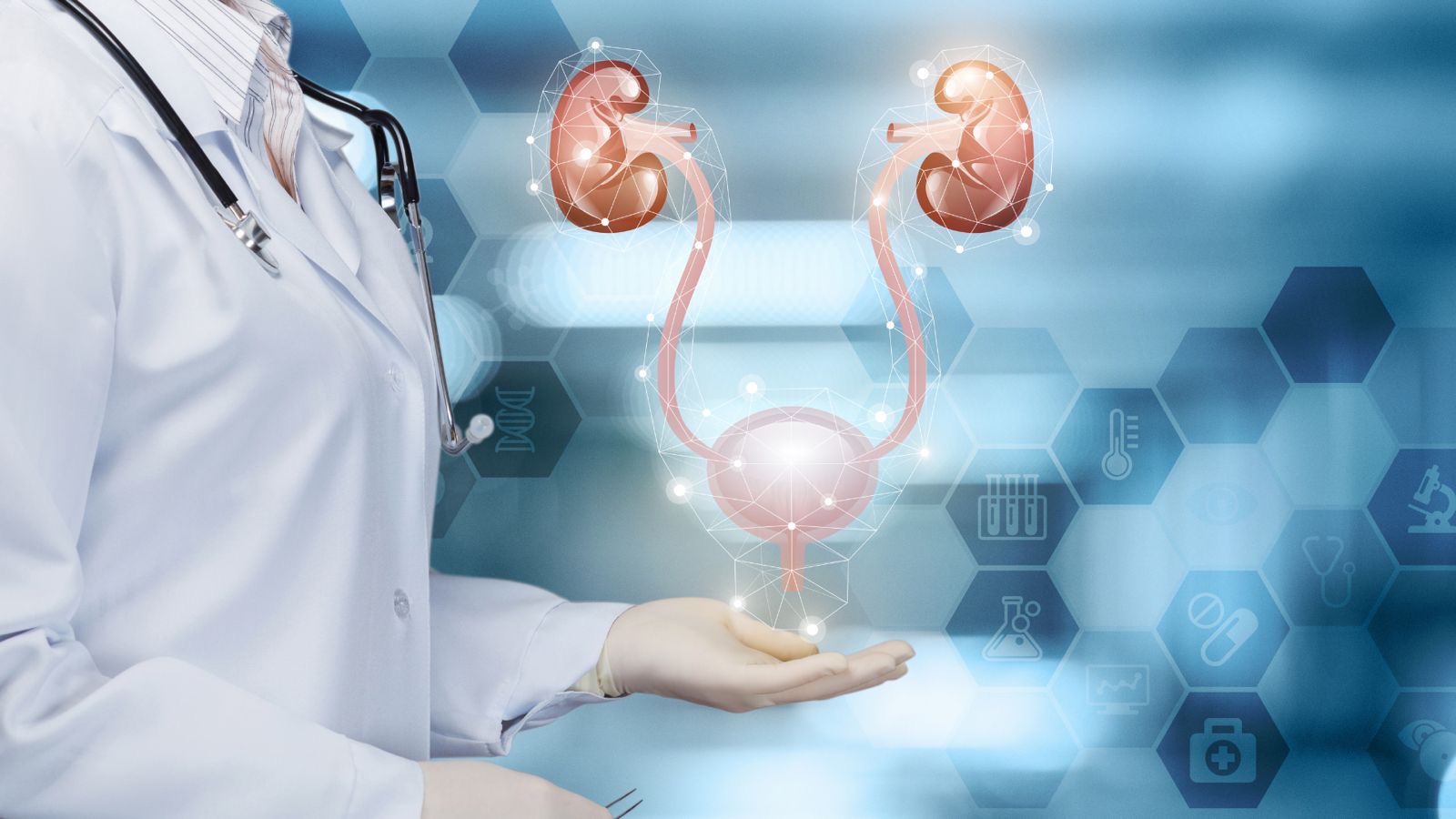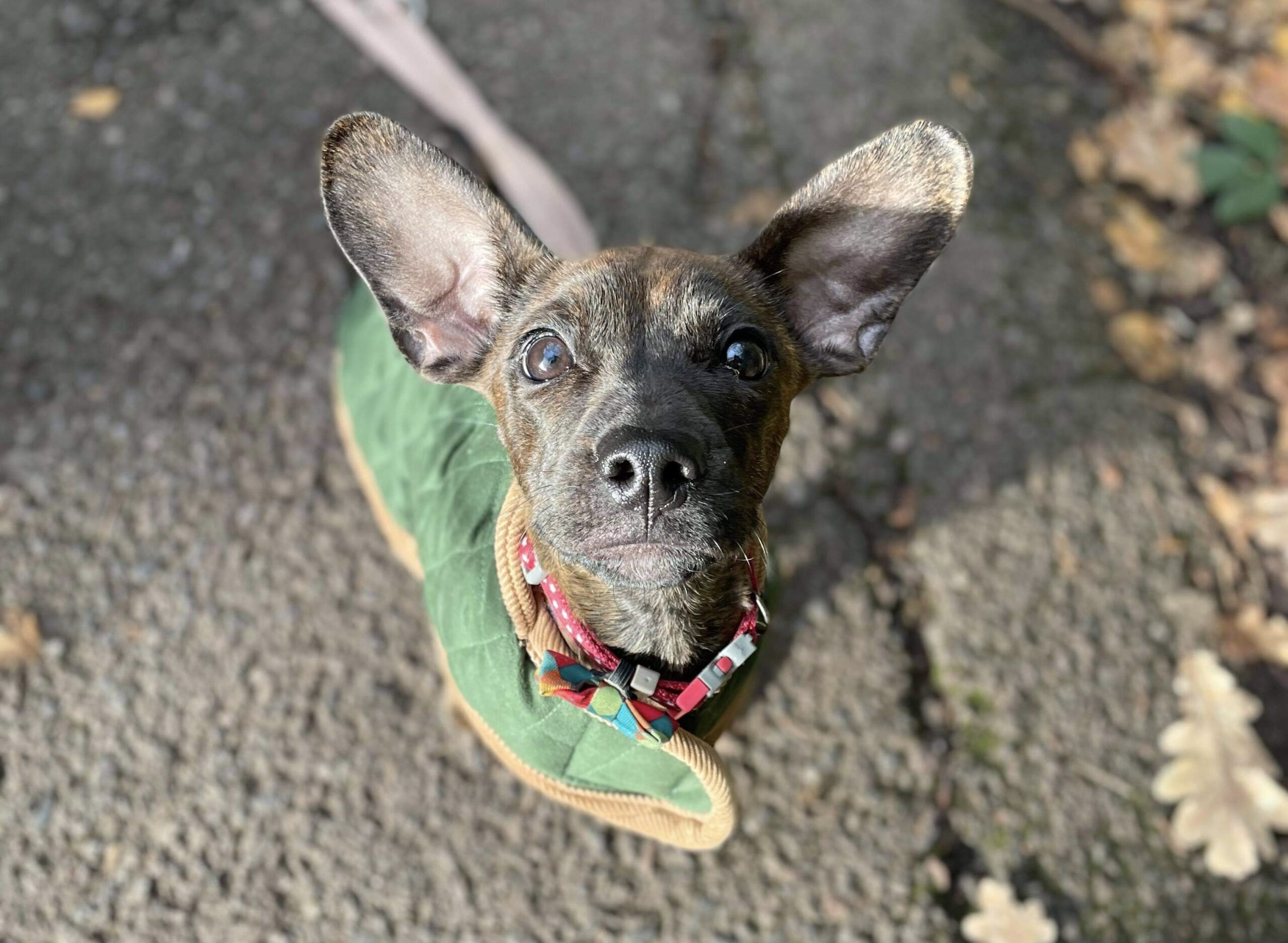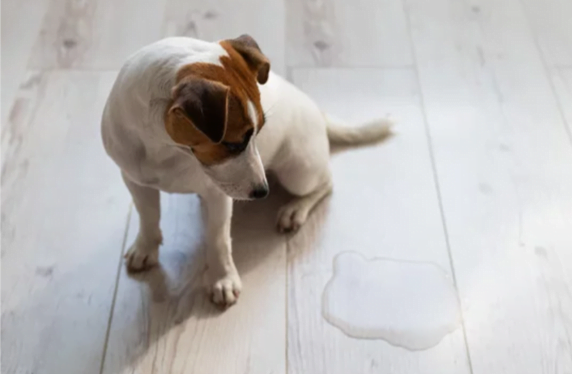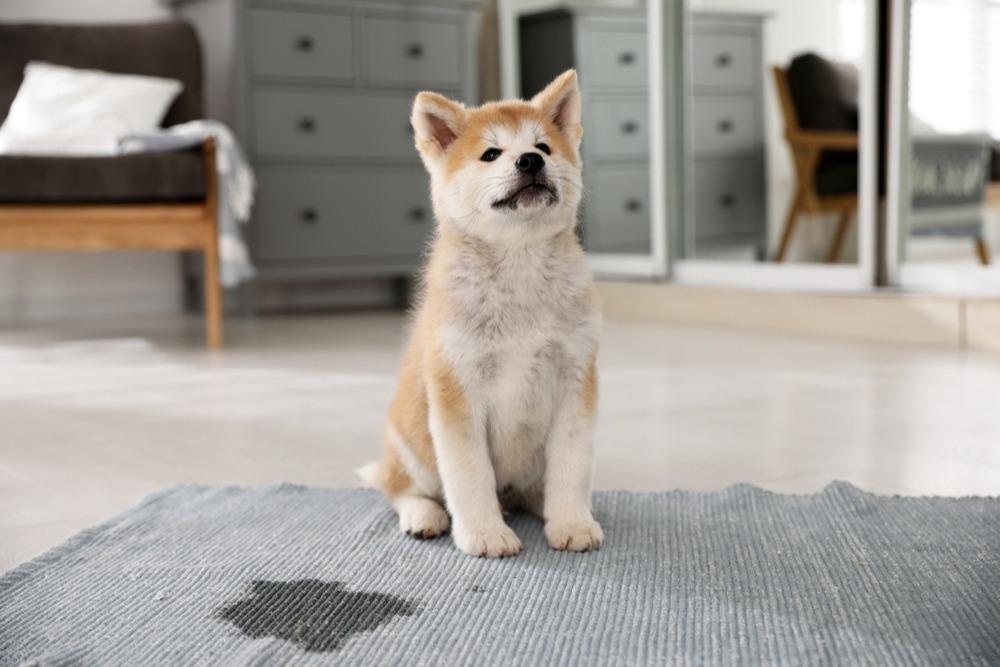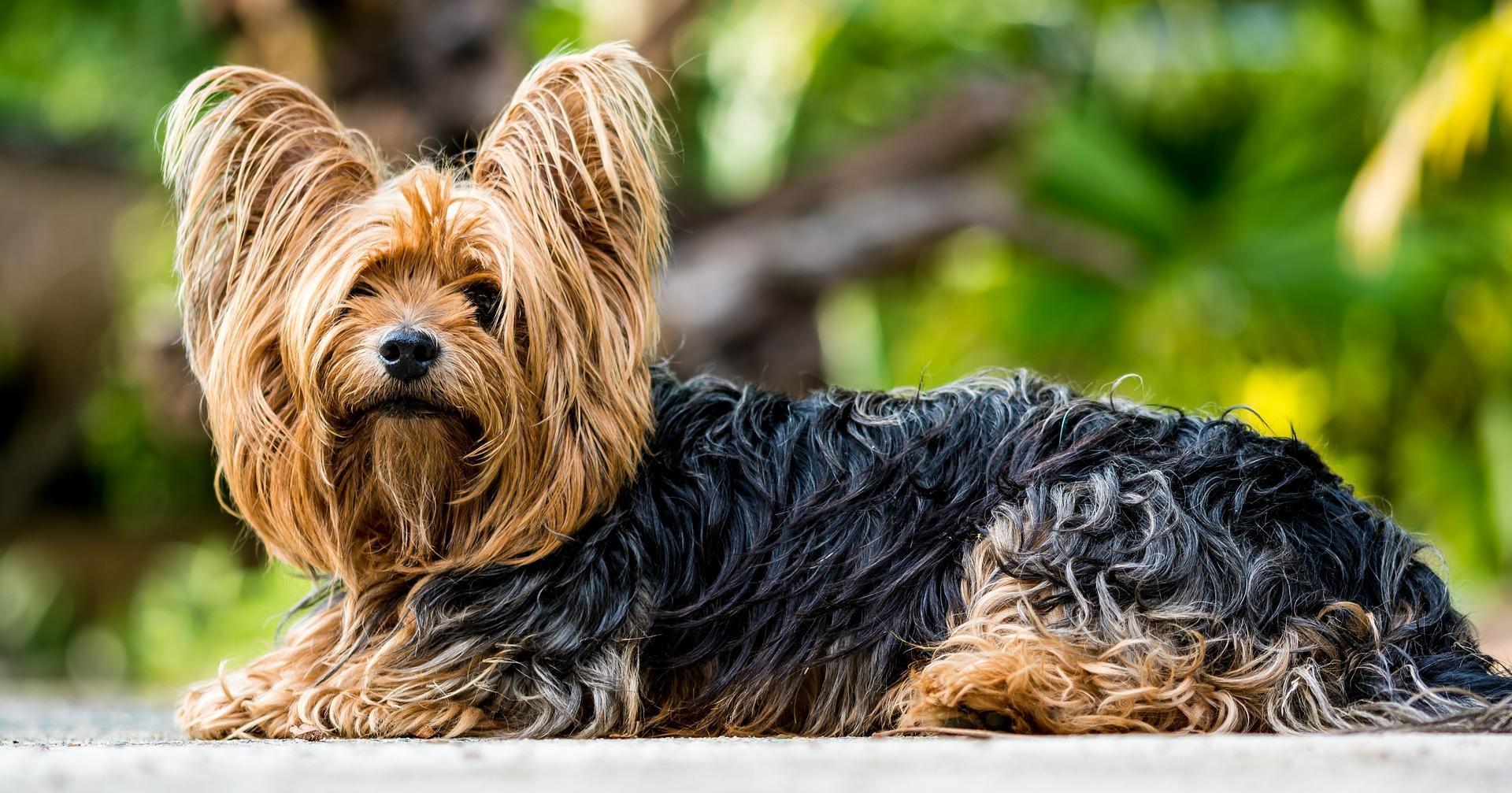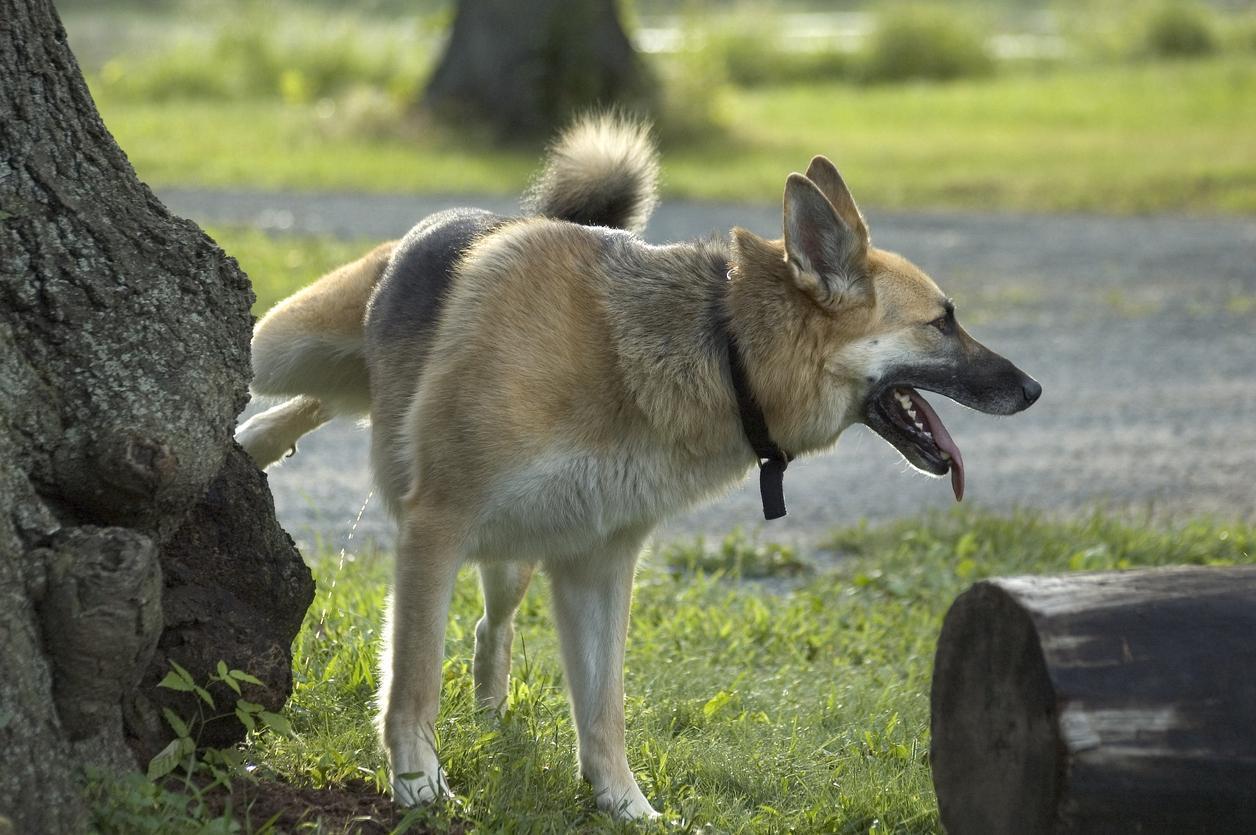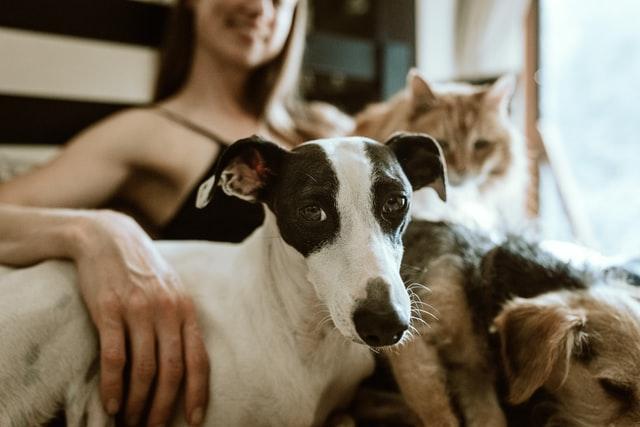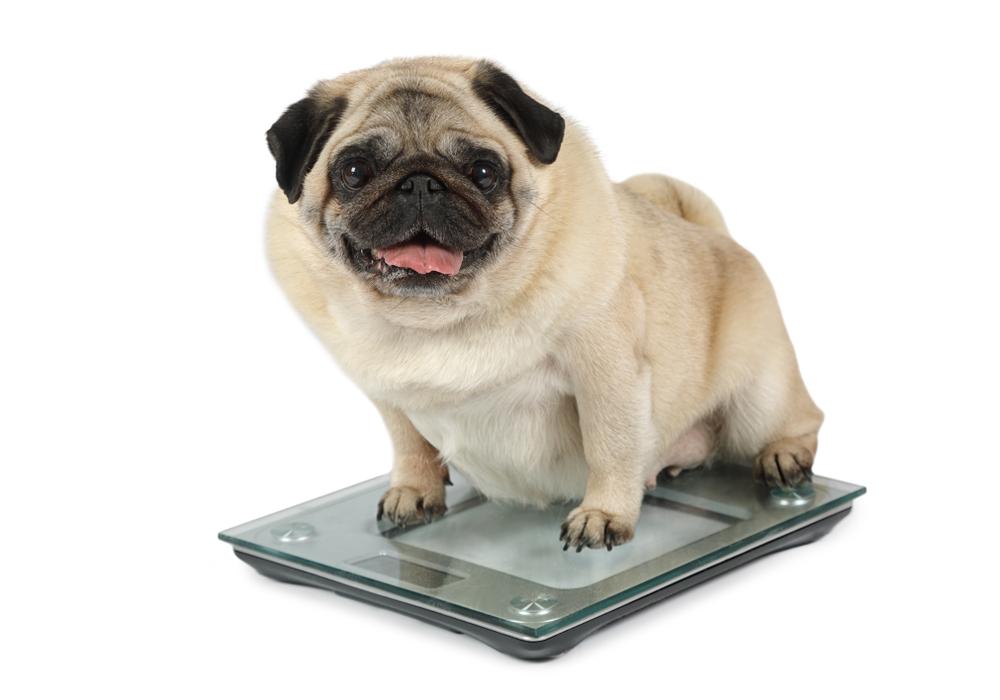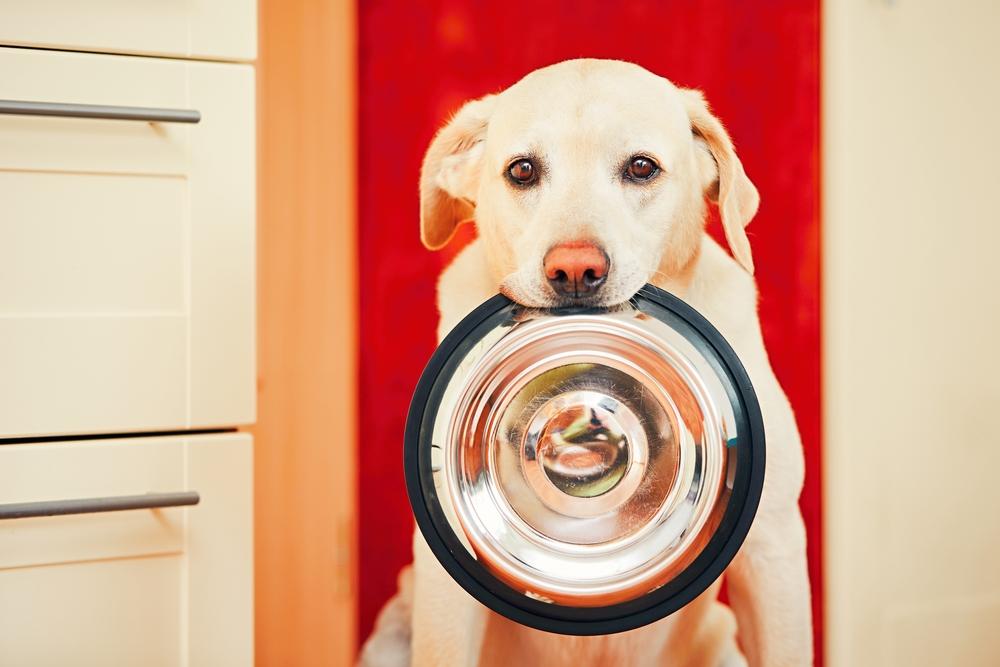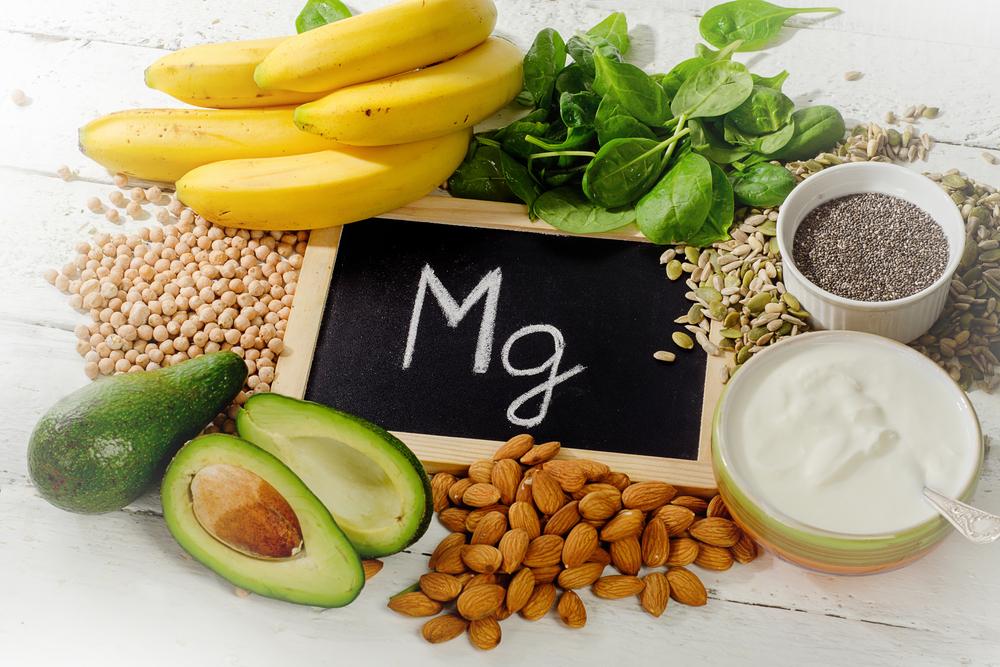It always takes a couple of years for data to start filtering through, but in 2018, a survey of veterinary professionals believed that rates of
obesity are increasing year on year. It is thought that
51% of dogs and 44% of cats in the UK are overweight. That is just over half of the population of dogs and nearly half of the population of cats. These numbers are up on the last data sourced in 2015. 100% of veterinary professionals are concerned about the prevalence of obesity and the health issues it can lead to.
In the words of James Smith PT, we’d love to tell you it’s as simple as a calorie deficit, but here at
My Pet Nutritionist, we know that obesity is in fact a multifactorial condition, which can make it a hard nut to crack. But we also know that the health of your pet depends on it. So, we’re not about to grab a hammer, instead we’re going to take a look around the cookware store and find the right nutcracker to do the job.
Fancy a trip?
The Health Issues Associated with Obesity:
Being overweight increases the risk factors for developing:
- Cancer
- Diabetes
- Heart disease
- Osteoarthritis and degeneration of joints
- Urinary bladder stones
- Surgery complications
- Respiratory difficulties
- Kidney disease
All things considered, its easy to see why obesity significantly reduces lifespan and why it is something that really needs to be addressed.
What is obesity?
Obesity is defined as an accumulation of excessive amounts of adipose tissue. It is generally a state of positive energy balance.
When food is ingested, it is digested and metabolised. The body uses the nutrients it needs and converts the main macronutrients to energy.
All energy in the body is produced by the breakdown of ATP, adenosine triphosphate. ATP is found in all cells in all the body, but as it is a large molecule, not so much can be stored. In nearly every living thing, this energy comes from the metabolism of glucose.
There are three relevant energy systems.
1. ATP-P
This is where the body uses all the ATP it has stored in its cells. This is the simplest energy production process; and if we were to consider it in human terms, this is the system that your 100m sprint would utilise.
2. Glycolytic System
This system runs on glycogen, which is stored glucose. In human terms, this system provides moderate power and moderate duration. Both the ATP-PC and Glycolytic system are anaerobic, meaning they don’t require oxygen to produce ATP.
3. Oxidative Syste
This system, as its name suggests does involve the use of oxygen to product ATP. This system cannot produce energy as quickly as the other two, but it can produce it continually and for a longer duration. This system can use stored carbohydrates and fats for fuel. In human terms, this would be the system that the marathon runner would access!
So, in short, glucose is used as energy, but unused glucose can be converted to glycogen to be stored in the liver and muscles. If there is still leftover, then it is converted into fatty acids and stored in adipose tissue. This makes evolutionary sense; there would be a reserve during periods of low food availability.
However, as you have noticed, fat too can be used as an energy source, and protein can be broken down into amino acids and then converted to glucose in a process known as gluconeogenesis.
This is where the calorie in, calorie out idea comes from. An overabundance of any of the three macronutrients, can be converted into fat for later use.
And the idea that obesity comes from reduced activity comes from the reasoning that those reserves aren’t actually used.
On a simplistic level, this makes absolute sense and for the pet who is starting to look a little more round than usual, a simple reduction to their daily intake or a longer walk, may just tuck that waist in a little more.
But there are many more factors at play here.
Fat is the New Norm
Do you know your pet is overweight? In an 8000-household study, 68% of surveyed owners report thinking their pet is the perfect weight. 67% of surveyed owners did not see obesity as a concern.
Interestingly, a recent report from the NHS in the UK identified that 67% of men and 60% women were overweight or obese. 20% of Year 6 children were also classified as obese.
Findings here
Whilst we acknowledge there are faults in BMI scores, it still highlights a valid point. Sadly, pet obesity has many parallels with human obesity and according to the NHS, fat is the new norm for humans.
As we know, we learn from experience and so, if we are consistently exposed to something, it becomes accepted. If we are consistently exposed to round pets, without a waistline, do we accept it?
But, our pets need a waistline. They should tuck-in behind their ribs, and underneath. Whilst you shouldn’t be able to see their ribs, you should be able to feel them. They should not look rectangular from any angle, side or above.
What treats are you offering your pet?
Whilst for us humans, a decadent chocolate pot may be a weekend treat, dog treats have somewhat lost their novelty. Treats can be a useful resource during training, and in some cases, high value are necessary, but for some, treats are used as a way to prevent feelings of guilt when pets are being left home alone.
Depending on how many times you leave the house, these can soon add up!
1. Table scrap
We’ve all been there, those eyes looking up at you whilst you’re eating. Whilst that cubic inch of cheese only warrants 68 calories of your daily 2500 (call it 3%), for your 9kg Scottie Dog, that’s nearly 20% of their daily calorie allowance.
If begging at the table is an issue, it is possible to remove the pets to another room whilst you eat, offer their meal at the same time, or offer a chew to take their attention away from you.
2. How much are you feeding your pet
Most foods include a feeding guideline based on weight. One of the most common mistakes made is that owners feed based on the current weight of their pet, not the ideal weight (when tackling a weight issue). Not only that but weight is a bit of a misnomer anyway. With so many crossbreeds it is difficult to establish standardisation. Feed the pet in front of you. Energy requirements vary depending on lifestyle, age, activity, and time of year. Cats for example may be less active in the winter.
3. The type of food you are feeding your pet will also play a part.
Starch is the storage from of carbohydrates found in plants and as we know, dry pet foods have large quantities of starch.
Starch can be divided into rapidly digestible starch, slowly digestible starch and resistant starch. Rapidly digestible starch can be produced by the exposure to heat, pressure, or moisture decrease (read: exactly what happens during pet food manufacturing). Rapidly digestible starch results in a blood sugar spike, calling the pancreas to action. Insulin shuttles glucose into cells that need it, but also facilitates its entry into adipose tissue! Insulin also stops the breakdown of fat and prevents the breakdown or triglycerides into fatty acids (causing a build up in fat cells).
This is why we always advocate feeding a fresh food diet. Cats are obligate carnivores; in that they get everything they need from animal tissue. Dogs excel at using fat as an energy source and utilise protein to build and repair tissues and cells. There is no current dietary requirement for carbohydrate in the cat or the dog but that doesn’t mean we demonise them. Fibre is a type of resistant starch and can support feelings of satiety, and it can promote gut diversity.
Obese Microbes
When we said obesity is multifactorial, we weren’t kidding. Studies have demonstrated that transplanting the microbes from an overweight mouse to a lean mouse, would subsequently make the lean mouse, fat.
Findings here
The suggestion, is that the presence of a particular gut microbial community may affect how much energy is extracted from the diet.
Antibiotic of course play a role in this. Studies have shown that treatment with antibiotics markedly influences body composition.
In short, low diversity in the gut is associated with marked overall adiposity. There are a range of factors that can contribute to low diversity in the gut including:
- Maternal grooming behaviour
- Newborn environment
- Medications/antibiotics
- Diet
- Environmental toxins
- Stress
Microbes can also drive hunger. In short, they secrete proteins that generate cravings for the substances they thrive on. Many processed foods are calorie dense but not nutrient dense. This is worth considering for the hungry dog who never appears to be satisfied.
Predisposing Genes
There is also a polymorphism found on four genes that can contribute to canine obesity. Not surprisingly one particular variant is found in some Labradors. This variant regulates how the brain recognises hunger and feelings of being full.
Findings here
This doesn’t mean that these dogs are destined to be obese, what it means is that their environment needs more modification than those dogs who don’t possess the variant.
Summary
Obesity has many facets. One of the biggest challenges is that we have just gotten used to seeing overweight pets. But the health implications of these chubby puppies are colossal. Obesity is killing our pets. That may sound dramatic, but it is a factor in so many health concerns, and it can be prevented.
Top Tips:
- Work out the true calorie cost of table scraps and treats. If you are in training, then account for the consumption and feed a smaller meal.
- Ditch the Dry! Opt for a fresh-food diet. It’s nutrient dense and more hunger satiating. Raw meaty bones can extend mealtimes and chewing promotes satiety by influencing appetite, intake, and hormone release.
- Diversity is Key – feed that microbiome! A fresh-food diet also promotes gut diversity and as we know, low diversity is associated with obesity. Rotate proteins and include vegetables if appropriate.
- Feed the pet in front of you – if you can’t feel their ribs or they don’t have a waistline, reduce their daily intake. Take it slow, Rome wasn’t builtin a day and drastic weight loss can cause a whole host of physiological issues.
- Account for physical activity –if your pet is less active, then reduce their daily intake. Whilst the CICO approach is simplistic, its till has its place.
- Account for neutering – the removal of hormones contributes to obesity, whether this is increased intake of food or decreased activity. So, run a tight ship post-surgery if you choose to neuter.
If you are concerned about the weight of your pet and would like some support, then please check out our services
here.
Thanks for reading.
MPN Team x

